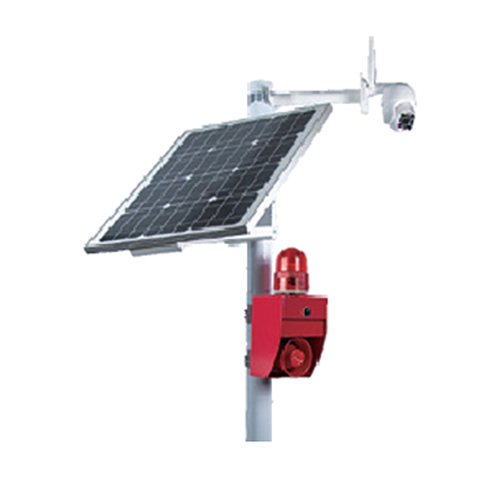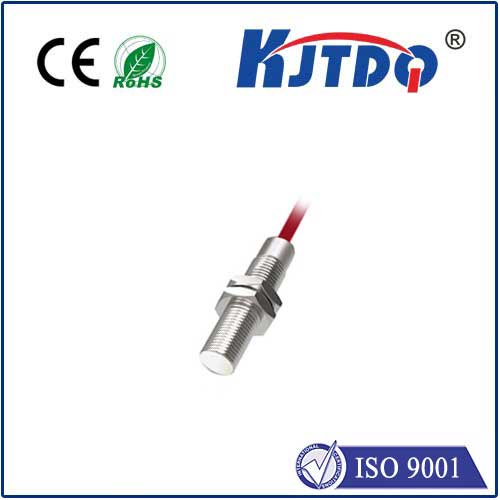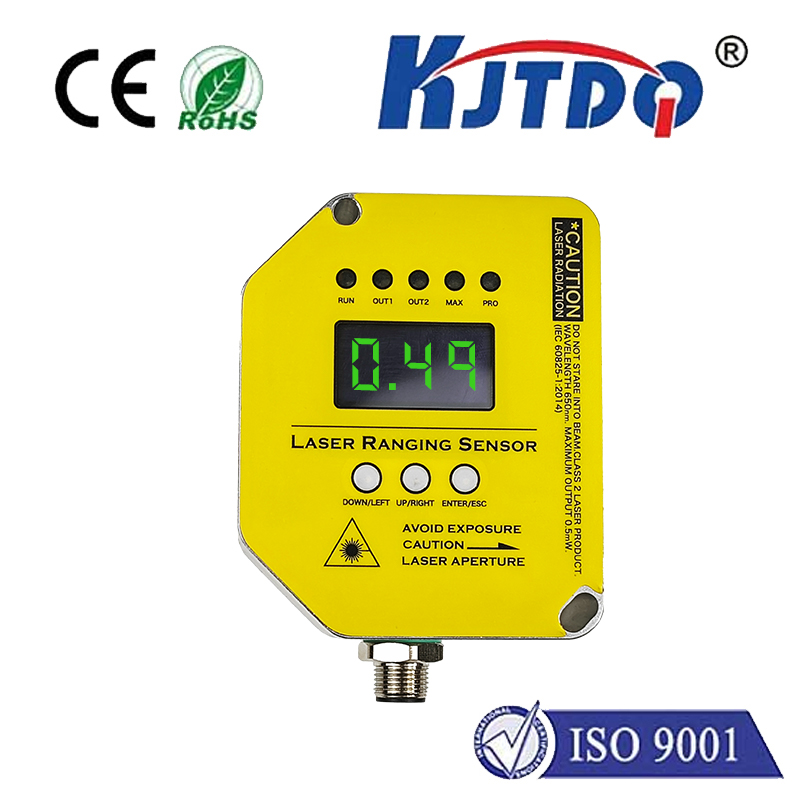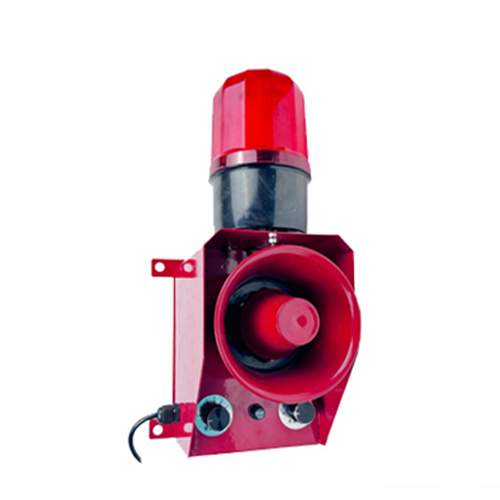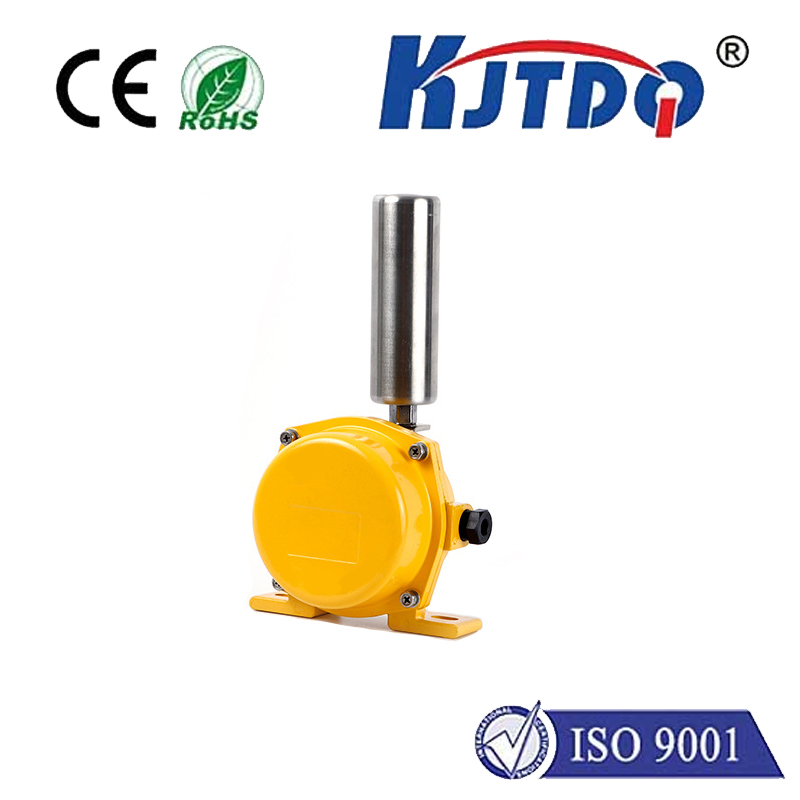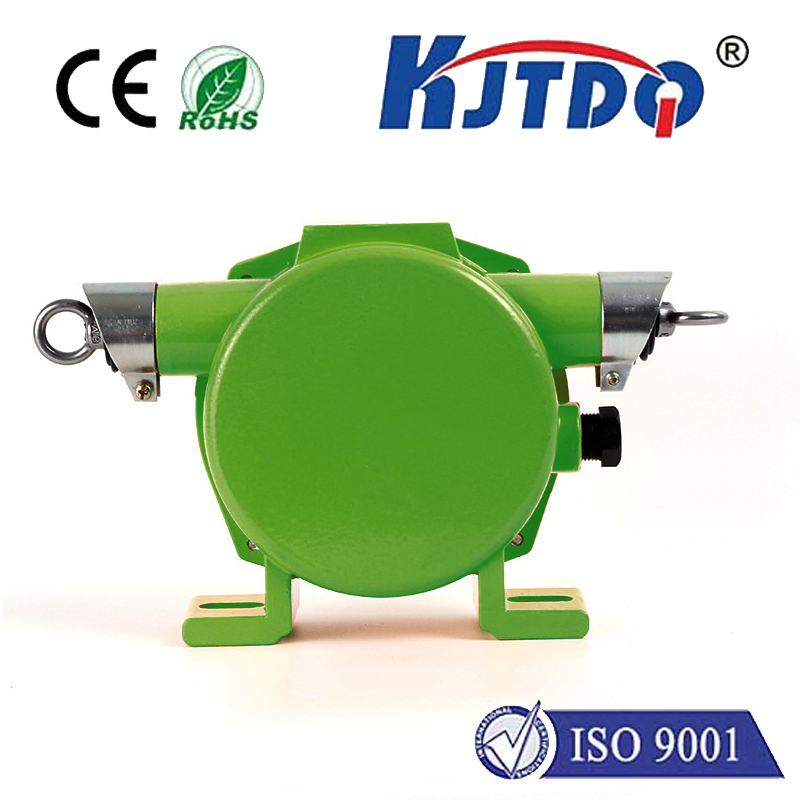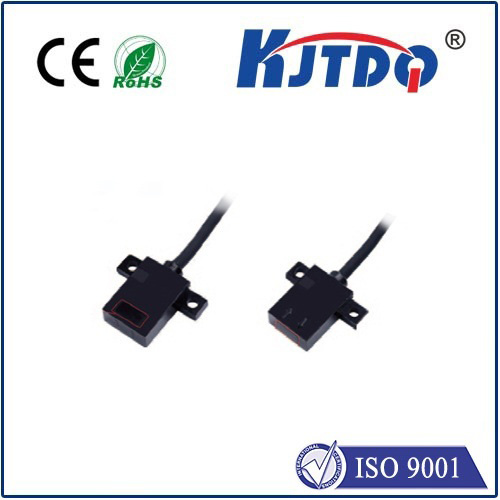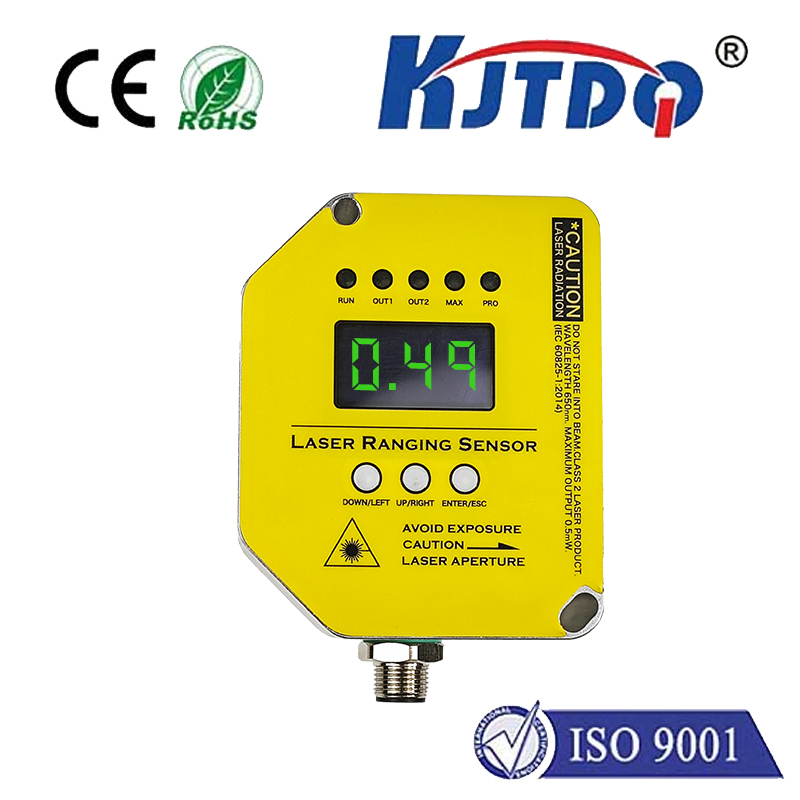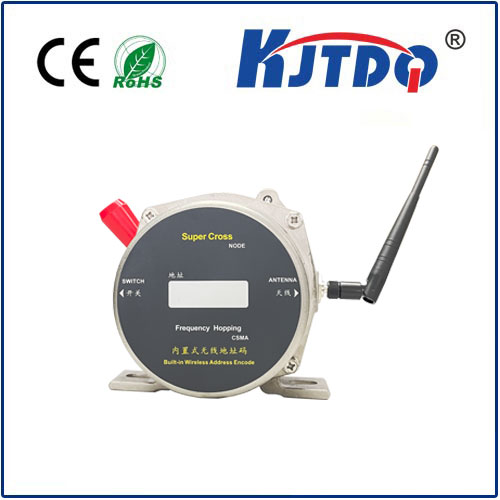

check

check

check

check

check

check

check

check

check

check

Title: Understanding the Dynamic Duo: Sensor and Transmitter In the intricate world of electronics, few partnerships are as crucial as that of the sensor and transmitter. These two devices work in tandem to detect environmental changes and communicate this information to other systems. But what exactly are they and how do they function? Let’s dive into the details. A sensor is essentially the sensory organ of electronic systems—it detects changes in the environment and converts these into signals that can be measured and analyzed. Sensors come in various types depending on the specific stimulus they are designed to detect. This can include anything from temperature and humidity to pressure and light intensity. The critical role of sensors cannot be overstated; they serve as the eyes and ears of modern technology, enabling machines to ‘feel’ and ‘see’ their surroundings. Once the sensor has detected a change and converted it into a signal, this is where the transmitter comes into play. The transmitter takes the sensor’s output and sends it over a distance, either through wired or wireless means, to another location for analysis or action. Transmitters can use various methods to send data, including radio waves, Wi-Fi, Bluetooth, or even electrical cables. This data transmission is vital for remote monitoring, control systems, and a host of other applications in industries ranging from healthcare to agriculture. The collaboration between sensors and transmitters is at the heart of many advanced technologies we rely on today. In smart homes, sensors monitor everything from motion to ambient lighting and transmitters relay this information to a central system, which can then make decisions—such as turning on the lights when you enter a room or adjusting the thermostat automatically. In industrial applications, such as manufacturing, sensors and transmitters work together to monitor machinery performance and predict maintenance needs before catastrophic failures occur. To envision the potential of sensor and transmitter technology, consider the Internet of Things (IoT). This global network connects billions of physical objects, each embedded with sensors and equipped with transmitters that enable data exchange. Cities are becoming ‘smarter,’ with connected devices optimizing traffic flow, conserving energy, and enhancing public safety. The efficiency imparted by these systems is transformative, leading to sustainable development and improved quality of life. In summary, sensors and transmitters form a powerful duo whose importance is ever-growing in our increasingly automated and interconnected world. They are the unsung heroes behind the scenes of modern innovation, allowing technology to react to its environment with precision and intelligence. As we continue to develop more sophisticated sensors and transmitters, the possibilities for advancement seem limitless, promising a future where our electronic ecosystem is more responsive and adaptive than ever before.
